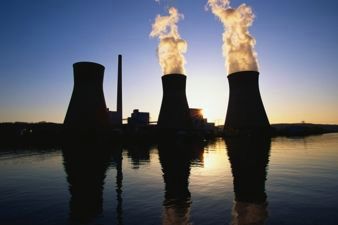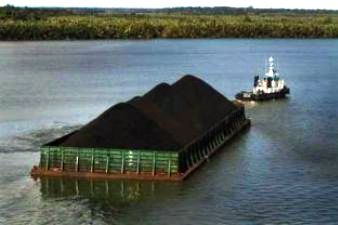- Policy targets for recycling must account for the loss of metals due to mixing, must not exceed physical, technological and thermodynamic limits, and should not prioritize one or two metals at the inadvertent expense of others. Targets that go beyond what is thermodynamically possible are likely to fail. Policy makers can set appropriate targets from a life-cycle perspective by drawing on the expertise and tools available within the recycling industry.
- System optimization and design can further increase recycling rates and decrease environmental impacts. Product designers should take life-cycle approaches as well as metallurgical knowledge and rigorous process recycling system simulation into account when designing new products. Research and education is critically important for preserving this knowledge and for driving innovation that maximizes resource efficiency
- Policy goals for the recycling system must dovetail with economic drivers. With so many operators in the collection and recycling industry, regulation enforcement is unlikely to be sufficient by itself for determining the destination of metal-containing waste-streams.
- Primary production energy efficiency increases can be achieved by improved process efficiency and use of waste streams (fly ash, sludge, slags, precipitates and such like) as sources of metals.
Check the following links to read/download Full Reports:
Environmental Risks and Challenges of Anthropogenic Metals Flows and Cycles
Metal Recycling – Opportunities, Limits, Infrastructure
Source: UNEP.


















